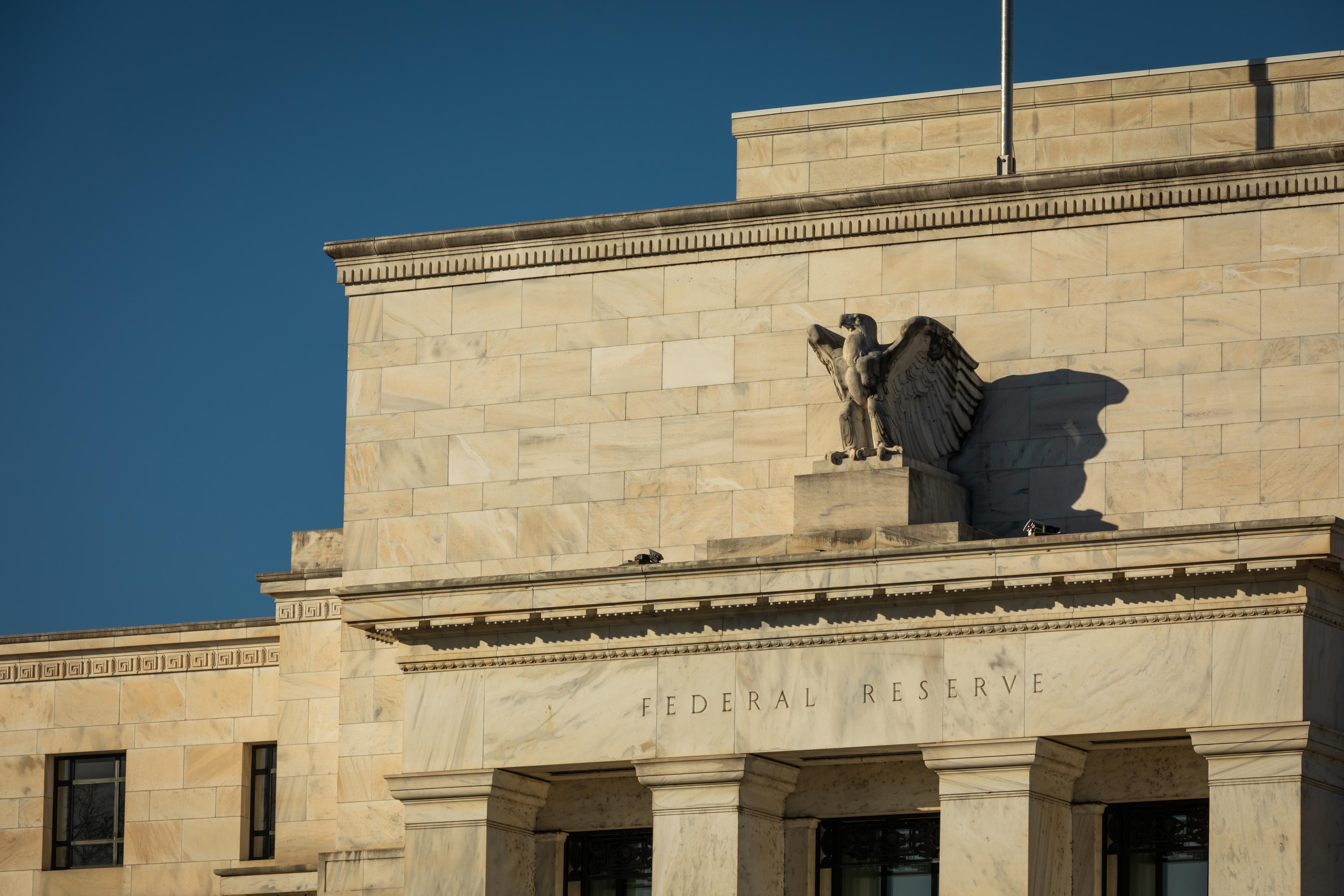
31 May 2024
Examining the Role of Central Banks
Spotlight: The Role of Central Banks
Market Weekly

31 May 2024
Spotlight: The Role of Central Banks
Market Weekly
Market Weekly
Examining the Role of Central Banks

You may have seen in the news that on 9th May the “Bank of England agreed to maintain the policy rate at 5.25%”. But what does this really mean and what are the expected impacts of this decision on the UK economy?
The Bank of England is the UK Central bank. Central banks are national or regional financial institutions that control and manage the money and financial system of a country or group of countries. They play an important role in the economy by helping manage interest rates, stabilise the financial system and control how much money there is circulating in an economy (the money supply). To do this, some of the key tools in their toolkit are:
In the UK, the Bank of England increased the policy rate 14 consecutive times from December 2021 to August 2023 in order to tackle high inflation. Interest rates have now been left unchanged at 5.25% from August 2023 up to and including in their latest meeting on 9th May. The UK 12-month CPI measure of inflation (which measures the price you pay at the supermarket check-out, the petrol pump, and many other places) released last Wednesday showed headline inflation at 2.3% in April - this is getting much closer to the Bank of England’s long-term 2% inflation target. As a result, markets are now expecting the Bank of England policy rate to fall in the latter half of this year.
It is important for central banks to strike a balance between reducing interest rates too quickly, resulting in another uplift in inflation, and keeping interest rates higher than they need to be for too long, which may result in difficult financial conditions or tip an economy into a recession (two quarters of consecutive negative economic growth). Central banks tend to use several data points to decide what to do to strike this balance such as GDP growth, unemployment data, consumer spending data, and the different measures of inflation.
In the US, the central bank is called the “Federal Reserve” (or “the Fed” for short). The story in the US is similar to the UK, however inflation has remained at a higher level in comparison to the UK as prices have remained elevated for longer – remaining around 3.4% in April (US 12-month CPI), above the Fed’s 2% inflation target. This means that rate cuts by the Fed could come later than the UK given the higher inflation and evidence of the US’s robust economy despite higher interest rates.
The Noise
The Nuance
The Federal Reserve published its ‘summary of commentary on current economic conditions by Federal Reserve District’ this week. The report is more commonly known as the Beige Book and is published eight times per year. Each Federal Reserve Bank, of which there are 12, gathers anecdotal information on current economic conditions in its district. It does so through reports from bank and branch directors, as well as interviews with key business contacts, economists, and market expert. So, what did the Beige Book tell us about the state of the US economy?
Everything, as they put it, was very modest. The US economy expanded at a “slight or modest” pace across most regions from the start of April, with consumers pushing back against higher prices per regional business contacts. This was also reflected in retail spending, which was “flat-to-up slightly”, reflecting lower discretionary spending and heightened price sensitivity among consumers. Overall outlooks grew somewhat more pessimistic amid reports of rising uncertainty.
Employment also rose at a slight pace, with eight of the 12 districts reporting “negligible to modest” gains. Prices increased at a “modest pace” over the period, as business contacts again cited consumers pushing back against further price increases.
The latest Beige Book failed to give Jerome Powell and his fellow Federal Reserve officials any reasons to change their tune. They will continue to preach patience and wait for more evidence that inflation continues to cool before deciding to cut rates.
Disclaimer
All investment views are presented for information only and are not a personal recommendation to buy or sell. Past performance is not a reliable indicator of future returns, investing involves risk and the value of investments, and the income from them, may fall as well as rise and are not guaranteed. Investors may not get back the original amount invested.
Any views expressed are based on information received from a variety of sources which we believe to be reliable, but are not guaranteed as to accuracy or completeness by atomos. Any expressions of opinion are subject to change without notice.
The value of investments and any income from them can fall and you may get back less than you invested.
The value of investments and any income from them can fall and you may get back less than you invested.